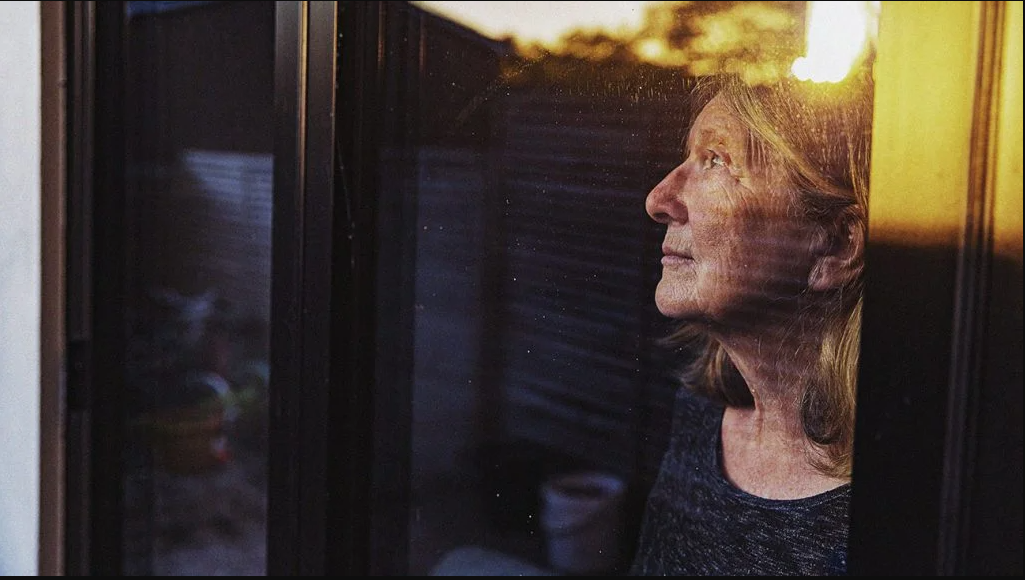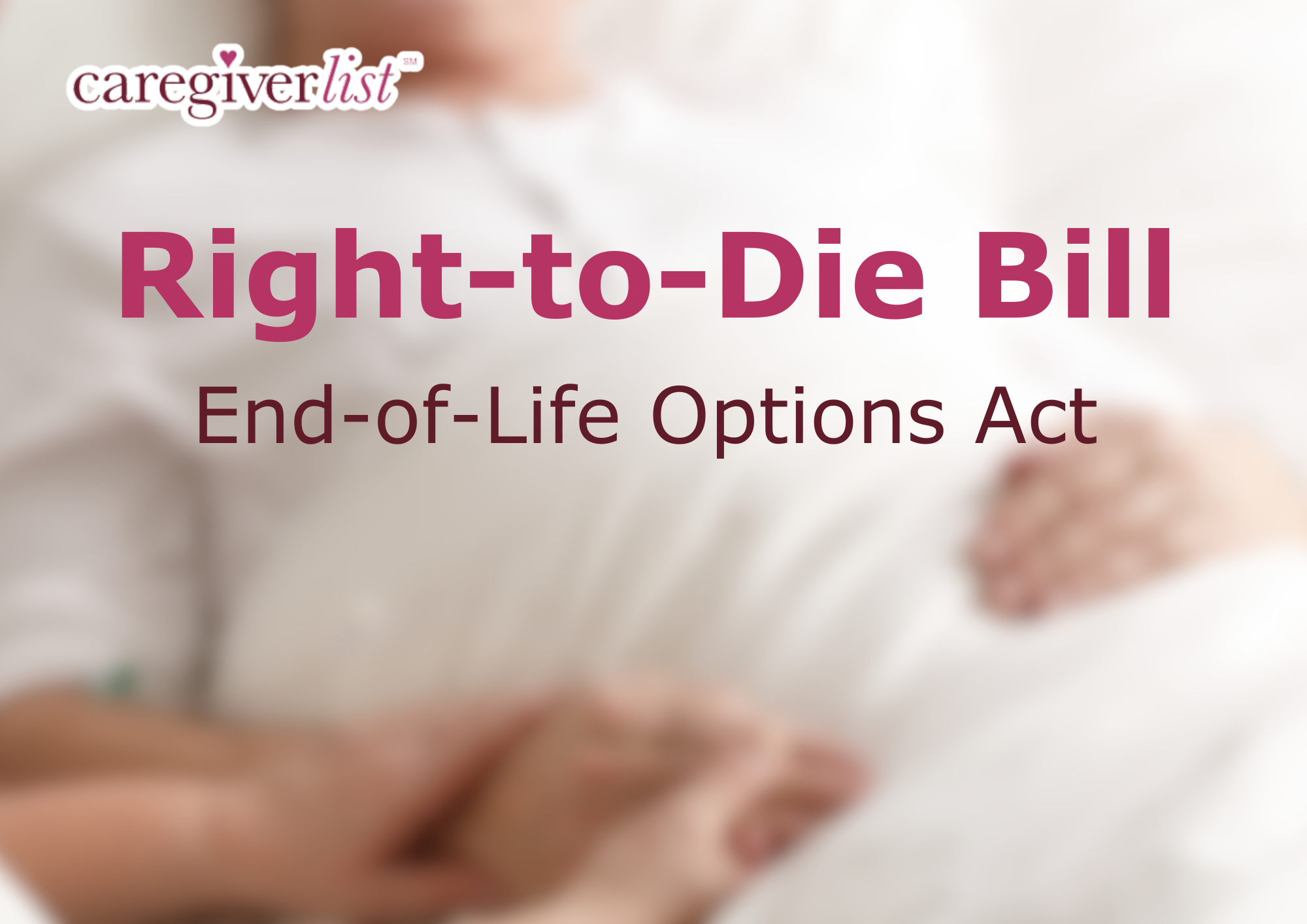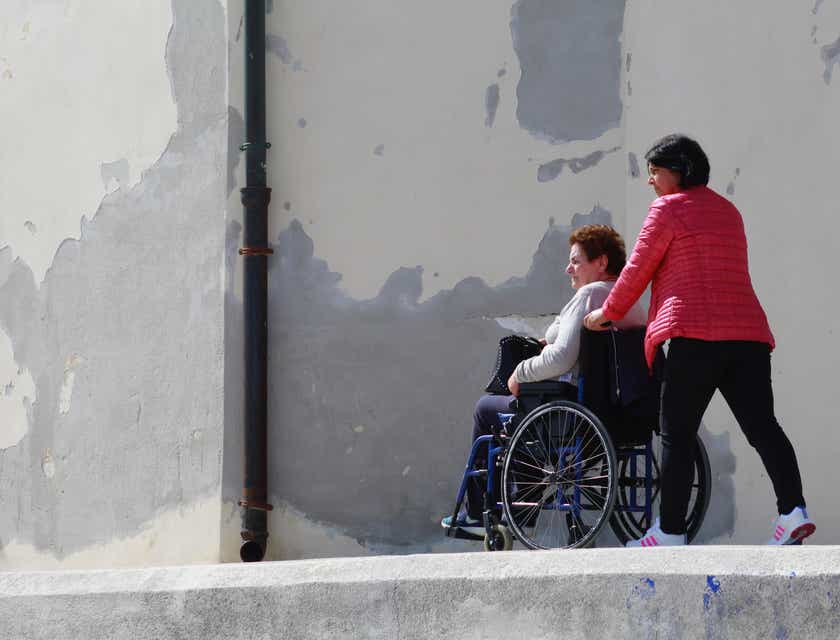Daylight Saving Time — every year I hear more and louder voices insisting we do away with springing ahead, when we are forced to lose that precious hour of sleep. I don’t hear quite so many voices in the fall, when we “gain” an hour, except for many of my friends in the senior caregiving community.
Sundown Syndrome occurs in approximately 25 percent of persons with Alzheimer’s disease or other types of dementia, according to the Alzheimer’s Association. When someone is “sundowning”, they can become hostile and agitated, angry and confused. Experts speculate that Sundowner’s can be triggered by end-of-day exhaustion, when all the stimulus from the day overwhelms the senses. In institutional settings, like nursing homes, Sundown Syndrome can occur during evening shift change, when there is a lot of commotion. Although the causes of sundowning are largely unknown, it seems to happen to many late in the day, when afternoon turns to dusk. In the evening, shadows can be confusing, and people can become upset when they can’t see in the dark.
Spring Daylight Saving Time means there’s an extra hour of light at the end of our day. I wonder if this is helpful to caregivers working with those who experience Sundowner’s. Even though I couldn’t find any data to suggest that Sundowners experience fewer symptoms when we “spring ahead,” I found plenty of anecdotal evidence that those with Sundown Syndrome experience it more acutely during the fall time change, when it gets dark much earlier.
In any case, Daylight Saving Time messes with the natural rhythm of sleep, which can also trigger or exacerbate Sundowner’s symptoms and the stress they cause in elderly and caregivers alike.
The idea of Daylight Saving Time has roots in ancient civilizations, where the sun’s schedule set daily routines. Benjamin Franklin in 1784, proposed the notion jokingly to the editor of The Journal of Paris in “An Economical Project for Diminishing the Cost of Light,” pointing out that Parisians could save money on candles by extending the hours of natural daylight. The U.S. implemented DST on and off since 1918, when President Woodrow Wilson signed it into law. But it wasn’t until Congress established the Uniform Time Act of 1966 that America reached a DST standard. Today, over 70 countries have adopted DST, including the United States (except for Hawaii and most of Arizona.)
According to the Alzheimer’s Association, there are some coping strategies you can employ if you care for someone with Sundowner’s:
- Keep the home well lit in the evening.
- Keep the sleep environment comfortable and safe. The temperature should be comfortable and nightlights provided for safety when a person gets up in the middle of the night.
- Maintain a consistent schedule of waking, bedtime and meals.
- Avoid big dinners, nicotine, alcohol, and restrict sweets and caffeine so as not to interfere with restful sleep.
- Plan more active days and discourage afternoon naps..
- As a caregiver, if you are feeling stressed late in the day, the person may pick up on it. Make sure you get respite help.
- Share your experience with others.
For those of you who care for Sundown seniors, do you find that extra hour of sunlight helpful? Have you found any sundowning therapies particularly useful? Share your caregiving strategies for coping with Sundown Syndrome in Caregiverlist’s Caregiver Stories or in the Comments section below.







